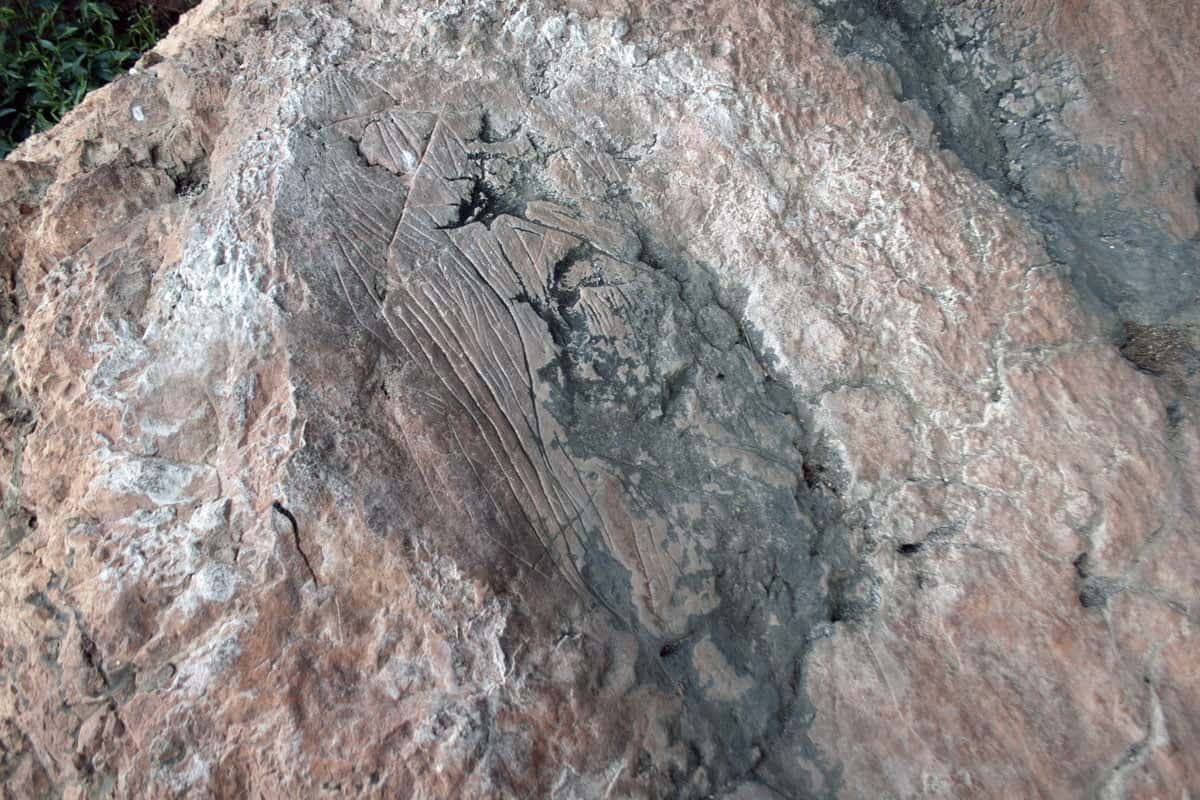
Badanj is a cave and significant archaeological site situated near the village Borojevići, six kilometres west of Stolac. The cave is located in the canyon of the river Bregava, 45 meters above the river bed. Archaeological excavations established that the findings date back to the Palaeolithic, i.e. the 13th or 12th millennium BC.
A particularly significant discovery on this site is a rock engraving which it he oldest artistic monument in Bosnia and Herzegovina. The engraving represents a horse attacked by arrows, which is a typical motif for the palaeolithic period in the Mediterranean, usually made up of representations of animals and signs. It is the first such finding on the eastern shore of the Adriatic. The engraving is partly damaged, particularly today, due to weathering and lack of protection. It is engraved on a tilted horizontal surface of a large polished block of stone broken off the cave massif. Besides the engraving, numerous quartz and bone objects were found in the cave.
Due to the numerous findings of bones of deer calf (up to one month of age, when they have no antlers) and few artifacts made out of deer antlers, it is certain that human communities inhabited this cave periodically, probably between March and May. The distribution of artefacts and animal remains allowed for a general sketch of activities in this area. Almost all of the activities of the population were centred around the fireplace: besides preparing food, they included tanning of skins, production of bone and stone tools and deer tooth pearls. Food was consumed by the fireplace, but also in the wider area of the cave, where animals were cut and more complex tool were built.
The engraving is located in situ at the Badanj cave, while the mobile archaeological material is kept at the National Museum of Bosnia and Herzegovina in Sarajevo.